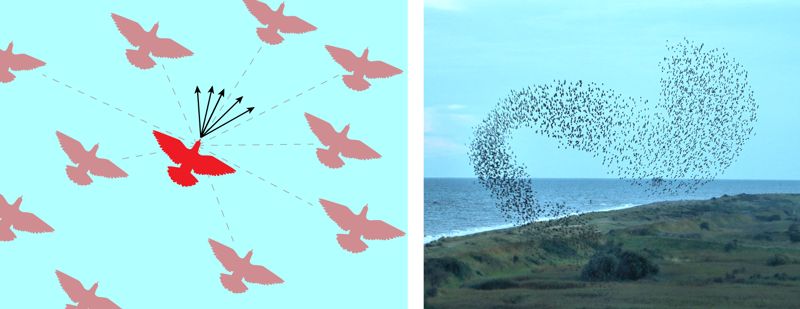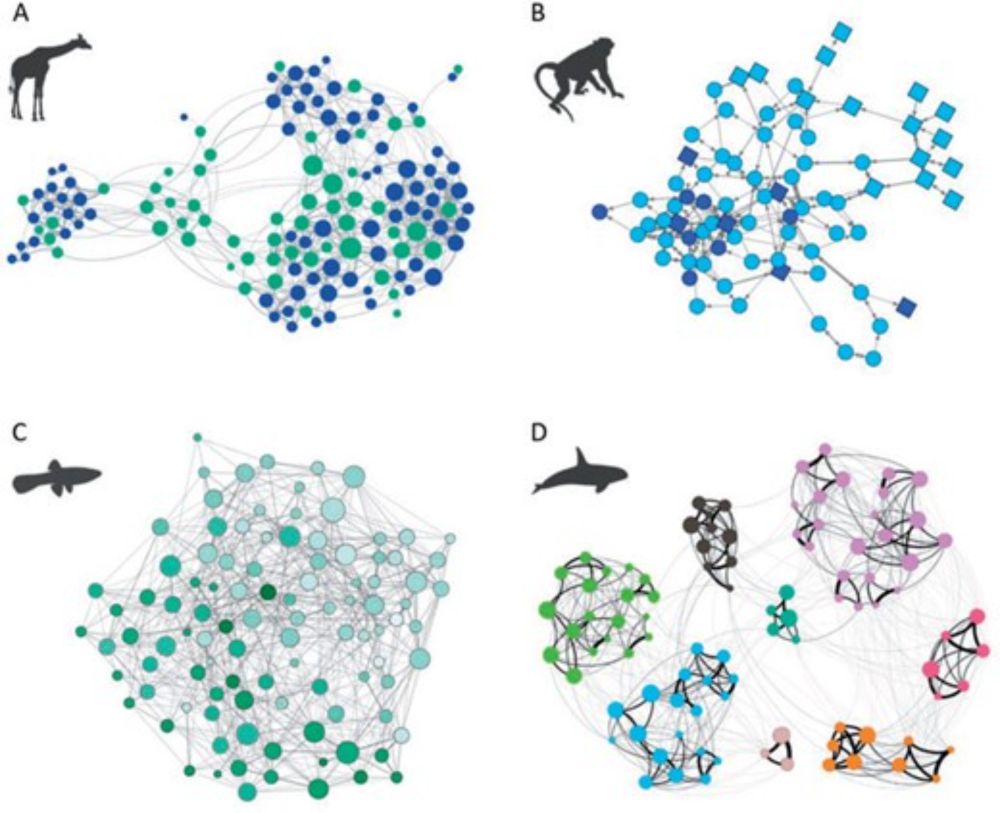Cory Glover
@cory-glover.bsky.social
310 followers
1.3K following
34 posts
A network scientist with too many interests. On the job market fall 2025.
PhD Candidate in Network Science • Mathematician • Physicist • Husband • Latter-Day Saint • Music Obsessive
https://coryglover.github.io
Posts
Media
Videos
Starter Packs
Reposted by Cory Glover
Cory Glover
@cory-glover.bsky.social
· Sep 3

Epidemiology models explain rumour spreading during France’s Great Fear of 1789 - Nature
Epidemiological methods are used to show that the Great Fear of 1789, a series of peasant insurrections in rural revolutionary France, was driven by deliberate political action rather than…
www.nature.com
Reposted by Cory Glover
Cory Glover
@cory-glover.bsky.social
· Aug 8
Cory Glover
@cory-glover.bsky.social
· Aug 7
Reposted by Cory Glover
Cory Glover
@cory-glover.bsky.social
· Jul 25

Entropy-based models to randomise real-world hypergraphs - Communications Physics
This work extends entropy-based models to hypergraphs, a popular alternative for describing polyadic interactions. After studying the asymptotic behaviour of thresholds generalising the percolation…
www.nature.com
Cory Glover
@cory-glover.bsky.social
· Jul 16
Cory Glover
@cory-glover.bsky.social
· Jul 16
Cory Glover
@cory-glover.bsky.social
· Jul 16
Graph coloring framework to mitigate cascading failure in complex networks - Communications Physics
Cascading failures can severely impact networks. This research presents an algorithm that identifies critical nodes that mediate the failure propagation using local network topology. Protecting these…
www.nature.com













